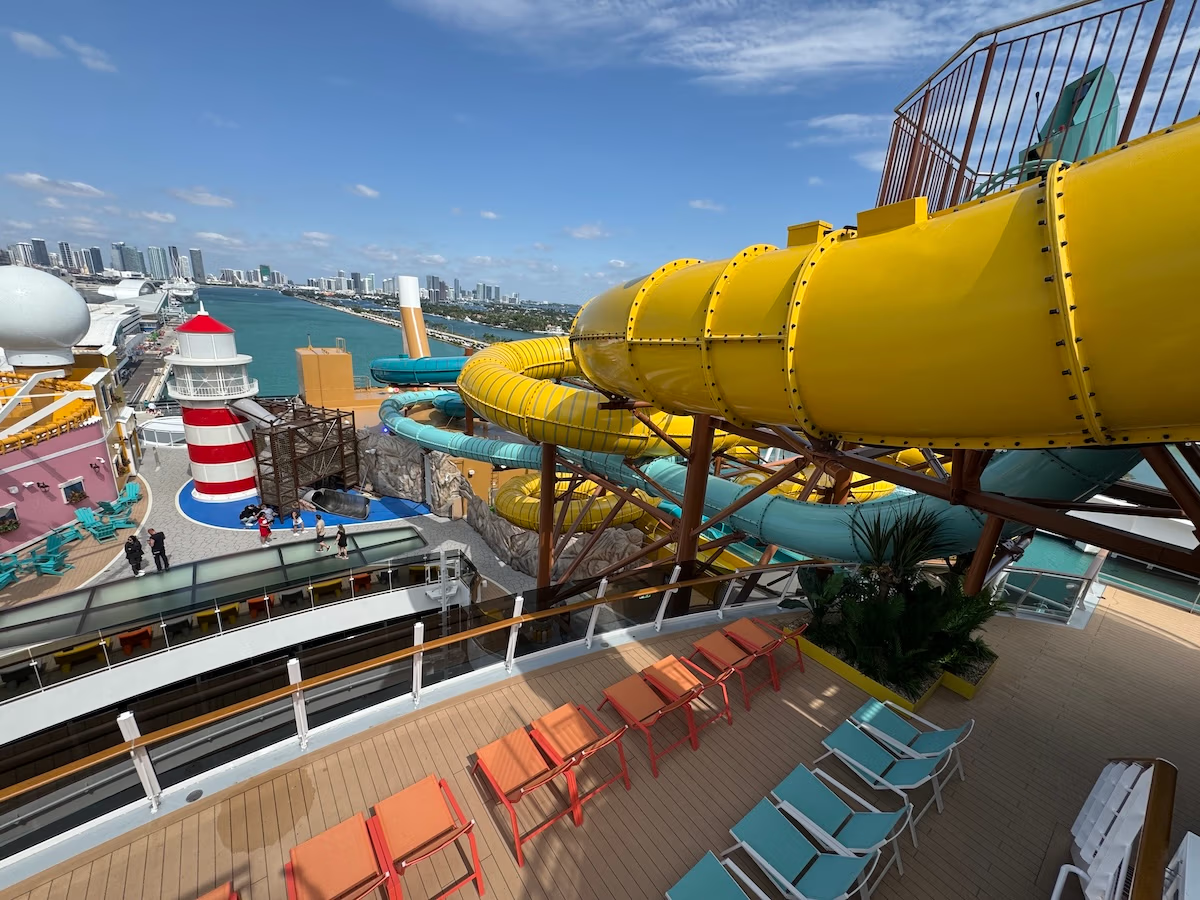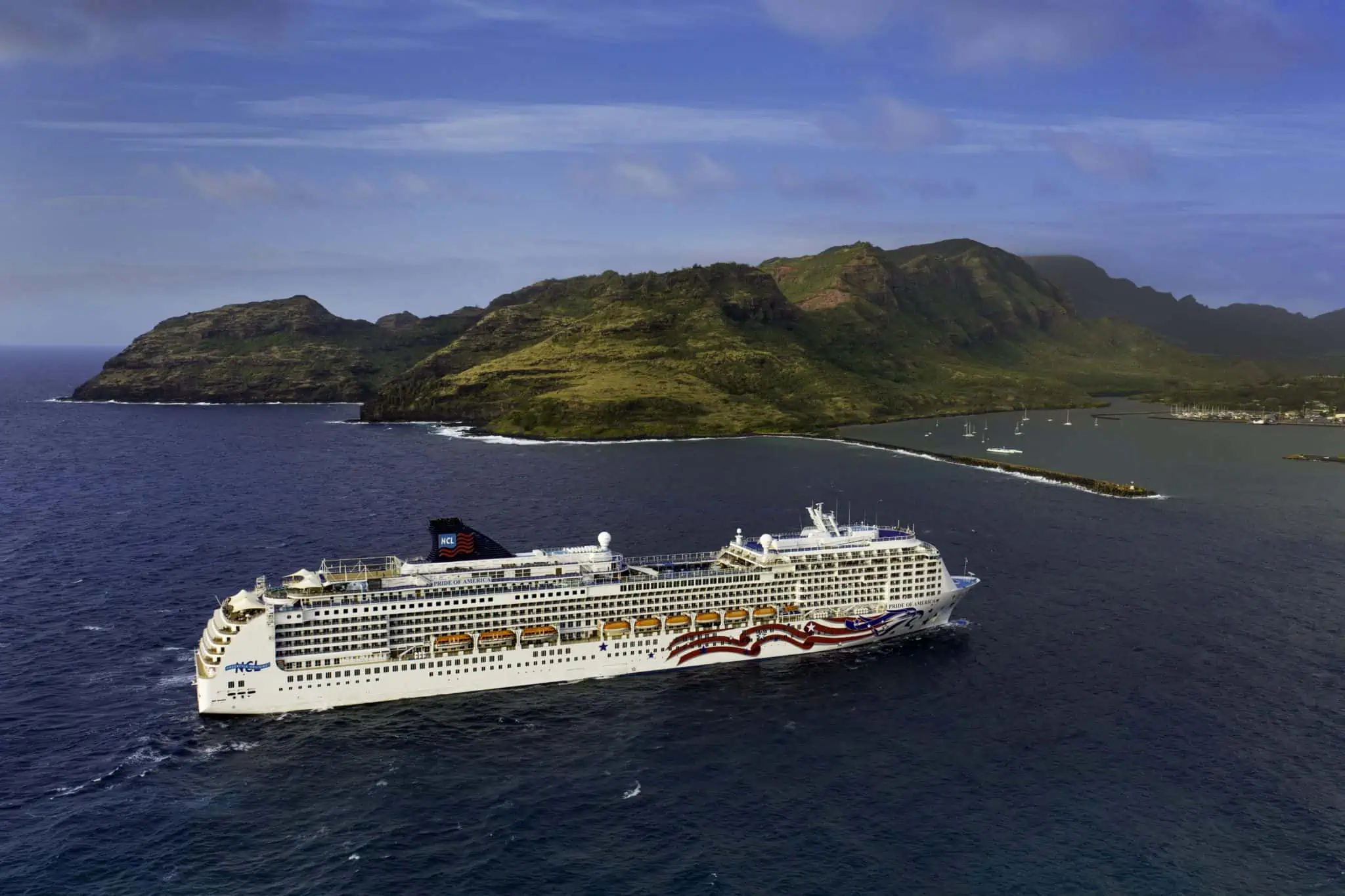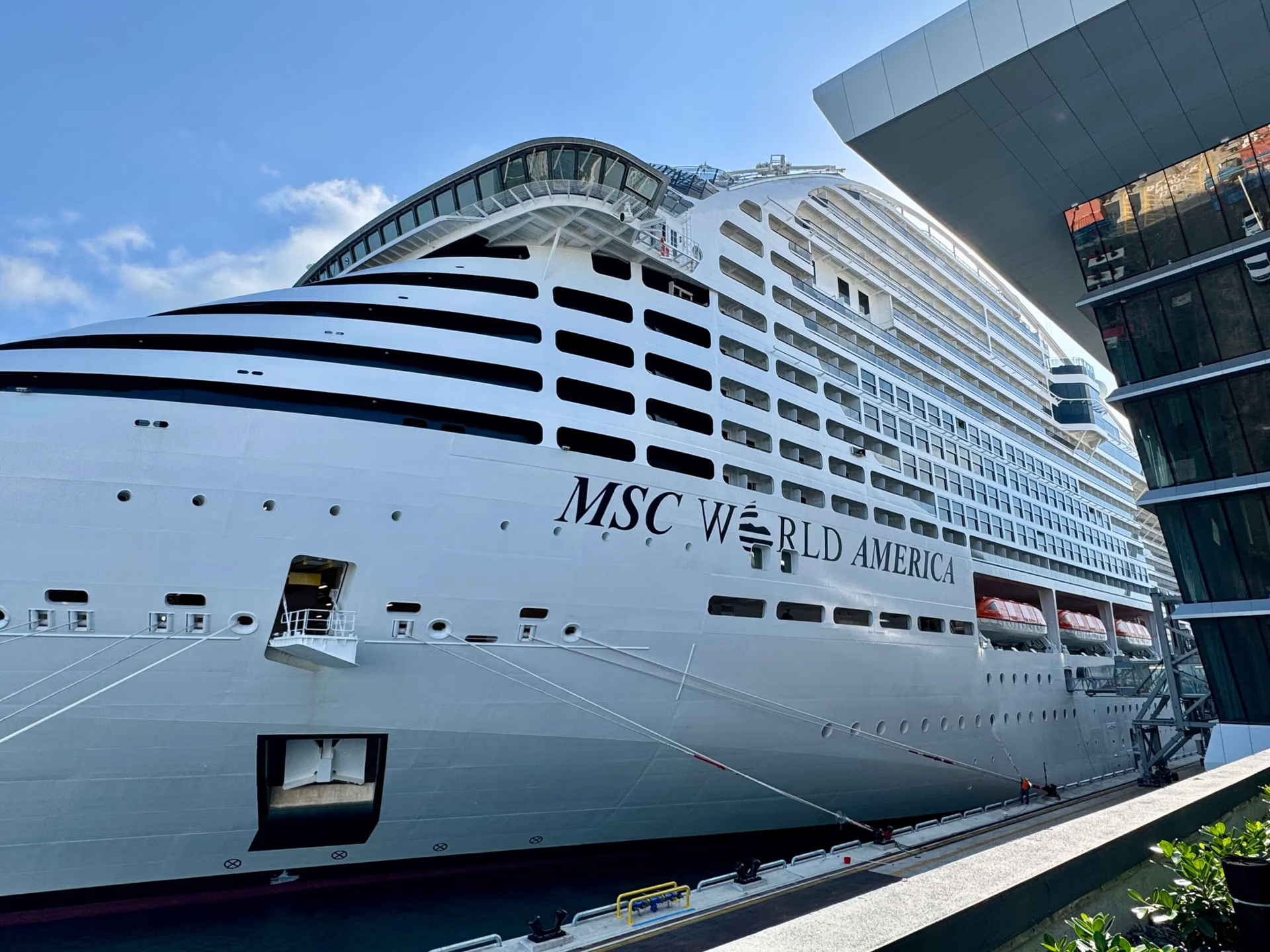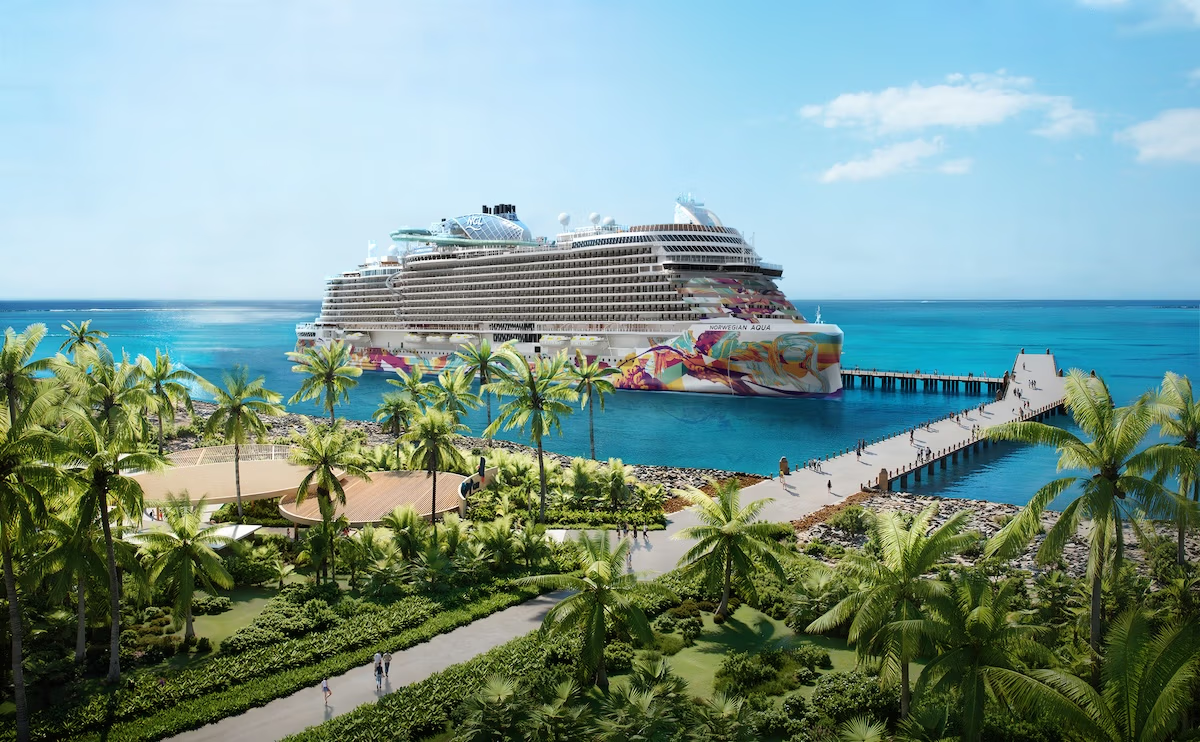Did you know that Carnival Cruise Line once operated an airline with a fleet of up to 35 planes and 1,350 employees?
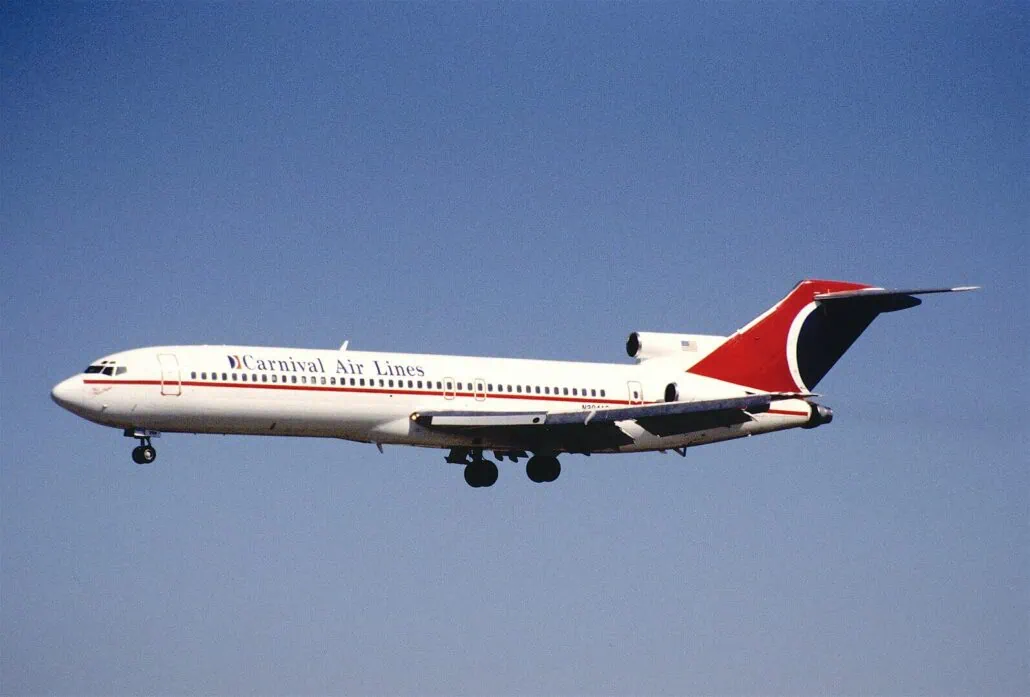
Carnival Air Lines is Born
Carnival Air Lines launched in 1988 after Carnival Cruise Line purchased the charter carrier Pacific Interstate Airlines.

The cruise industry was booming, and Carnival founder and CEO Ted Arison saw an opportunity to transport passengers from major U.S. Northeast cities to its key ports in Florida, the Bahamas, and the Caribbean. The airline also served as a way to bring gamblers to Arison’s Crystal Palace Resort and Casino in Nassau.
Related: Carnival Cruise Line Ships Ranked By Size
The airline kicked off scheduled flights between New York, Nassau, and Miami in August 1989. While the initial idea to name the carrier’ Fun Air’ was dropped, the airline’s tail livery mimicked the familiar funnel on Carnival’s cruise ships, and planes were referred to in marketing as ‘Fun Jets.’
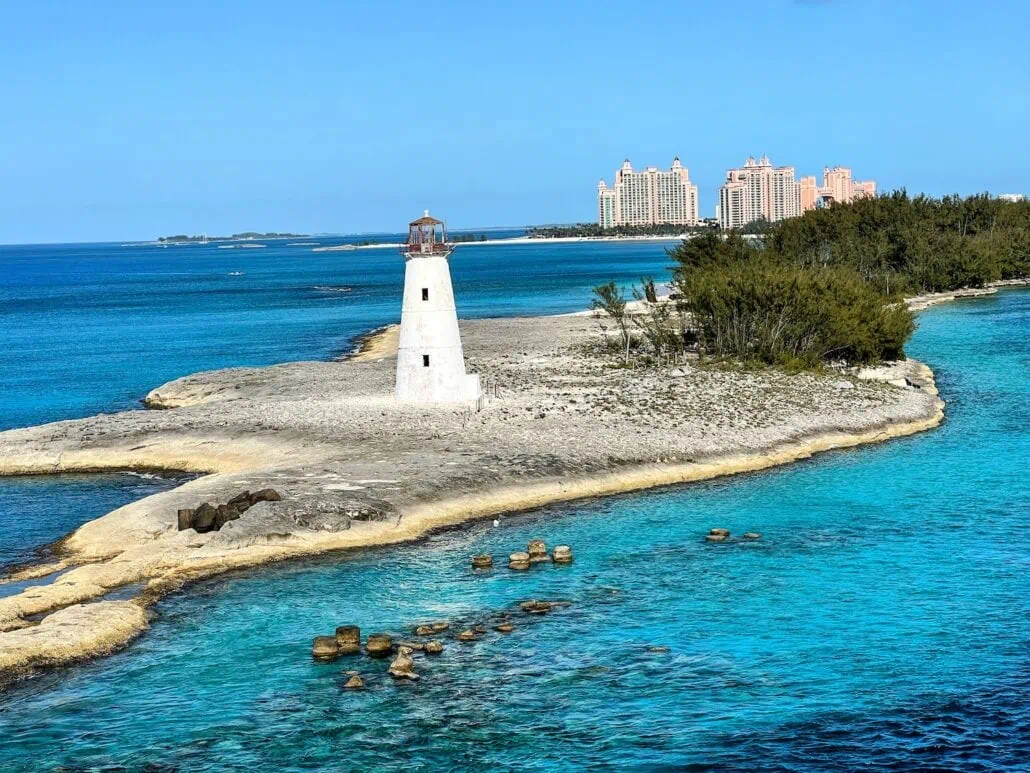
Carnival Air Lines mirrored its cruise line’s ‘Fun Ship’ atmosphere. The airline offered a relaxed, casual in-flight experience, with friendly service that reflected the cruise brand. Even the meals and in-flight entertainment were designed to get passengers in the vacation spirit before they ever reached their ship.
Rapid Expansion
Within a few short years, Carnival Air Lines became more than just a feeder for the cruise line; it started stealing market share from other airline competitors.

By the mid-1990s, the airline operated 40 daily flights from cities including Florida, New York, San Juan, and Los Angeles. At that point, only 5 percent of its revenue came from delivering passengers to ships, while 75 percent was earned from scheduled services.
| Did you know? Over its lifespan, Carnival Air Lines operated a fleet of over 30 planes, including Airbus A300s, Boeing 727s, and 737s. |
Passengers responded positively to the Carnival Air Lines experience, which featured low fares and a casual but full-service approach in line with the cruise brand.
Related: The History of Carnival Cruise Line — 1972 til Today
The airline pioneered cheaper secondary airports—places like Hartford, Connecticut; Worcester, Massachusetts; Newburgh, Islip, and White Plains in New York state—a strategy widely used by low-cost carriers worldwide.

Observers at the time credited good timing as a factor in Carnival Air Lines’ success. It entered the scheduled service market in Florida just as the largest competitors—Pan Am, Braniff, and Eastern—faced financial struggles.
By 1995, Carnival Air Lines—known in the industry by the Airline Code KW—had built a solid network up and down the East Coast, with 17 dedicated destinations.
It had also signed codeshare deals with European, Caribbean, and South American airlines, opening the Caribbean market—both at sea and on land—to more international travelers.

However, the aviation industry is notoriously volatile. As the saying goes, “The best way to become a millionaire in the airline business is to start as a billionaire.”
The Demise of Carnival Air Lines
Rising fuel prices and increased competition began to affect Carnival Air Lines in the mid-90s. Despite its early success, these challenges made it difficult for the airline to maintain profitability, leading to financial difficulties that it couldn’t overcome.
Related: 50 Years of Carnival Fun Ships
A potential buyer soon emerged. A Miami-based businessman who had purchased the defunct Pan American World Airways brand saw the acquisition of Carnival Air Lines as an efficient way to expand. Eventually, a $100 million deal was worked out in 1997.

Unfortunately, the relaunched Pan Am struggled and continued to bleed cash until it filed for bankruptcy protection early in 1998.
Looking back, Carnival’s decision to leave the airline business seems wise, especially considering the industry’s volatility.
Today, through its Fly2Fun program, Carnival continues to help guests book flights without the financial risks of operating an airline. This strategy lets the company focus on what it does best: delivering cruise experiences.
Considering where things were in 2020, there are likely few regrets.
Featured image By Aero Icarus licensed under CC BY-SA 2.


